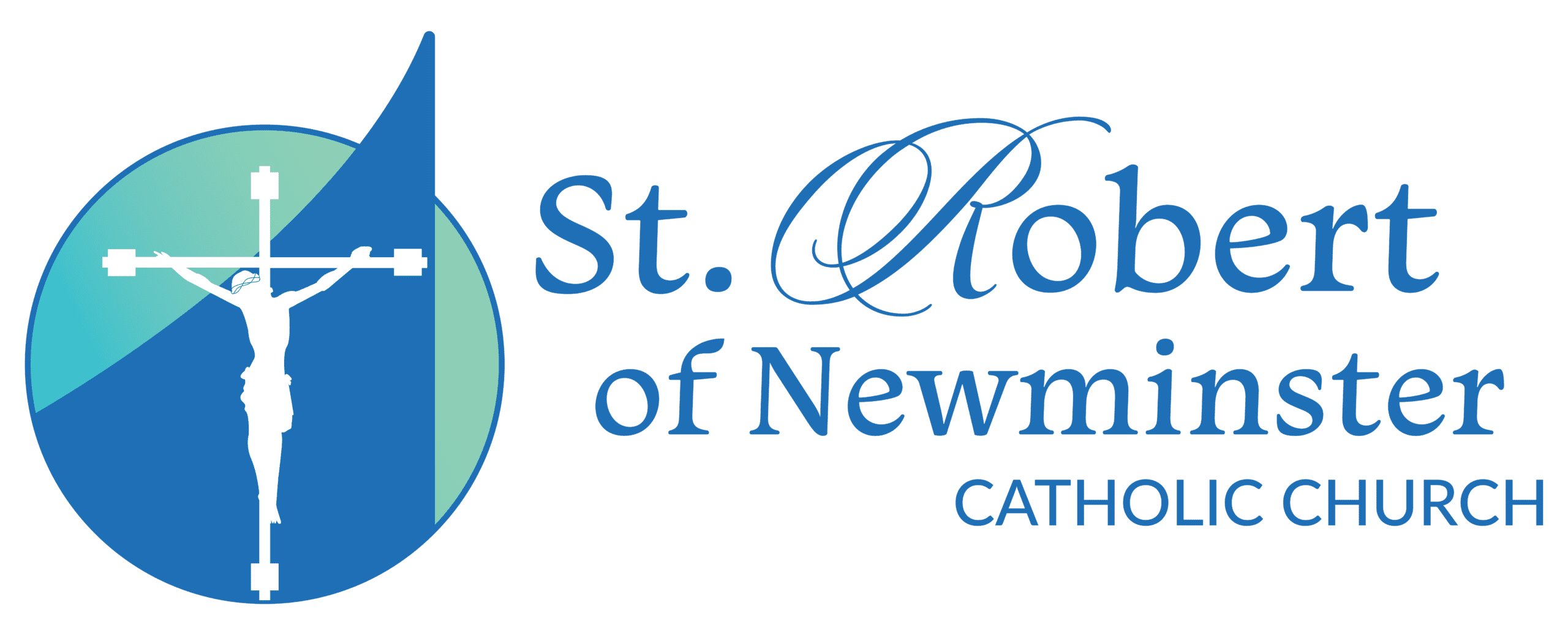In the Gospel of John we hear the stirring words, “The Word became flesh and made his dwelling among us…” Literally translated from the original Greek, the phrase, “he made his dwelling”, would read, “he set up his tent”. In the Old Testament story of the Exodus, the Lord was always with His people as they sojourned through the desert. The Scripture tells us that he dwelled with His people in a “tent”. Thus, He was always among them to guide, nourish and sustain. With the birth of Jesus Christ, God again “set up his tent”, always with us, ever among us.
The tent imagery is evoked in the basic form of the new church. Like a tent, the structural beams reach upward toward the sky. They are supported with a tree-like form; all the structural “branches” come to rest on one solid foundation. As the familiar hymn reminds us, “the Church’s one foundation is Jesus Christ our Lord”.
~ Msgr. Ernie Schneider
The Window
The large window evokes the Emmaus story from the Gospel of Luke. In this account, the disciples of Jesus are walking the road from Jerusalem to Emmaus. Though their Lord is risen, they have not yet come to believe. As they walk, a stranger joins them. The “stranger” is actually the Risen Lord. But with their eyes of faith yet unopened, even though Jesus is present, the Scripture says, “Him they did not see”. It is only when the “stranger” speaks of the Scripture and breaks the bread that they recognize the Risen Savior. Like the disciples, we are called to walk the Emmaus journey – that is, we are called to open our eyes and experience the Risen Lord walking with us as we journey through life. Each time we gather for the Eucharist we do what Jesus did on that road – we proclaim the Scripture, we break the bread. And then, like the disciples we come to know Jesus is alive, Risen, and walking with us! A large scroll runs the length of the window. It represents the Word of Scripture, ever-unfolding as we journey forward in faith. The brown colored glass calls to mind the earth, from which the wheat emerges; the gold glass reflects the ripened wheat which forms the bread. The deep blue calls to mind the water of baptism, by which we begin our journey of faith. The flow of the window is upward, calling to mind the ultimate goal of Christian faith, “life on high with Jesus Christ.” The crosses throughout the window remind us that Jesus is always among us, with us every moment of life’s journey.
The words etched in the glass are directly from the Emmaus text and call to mind the basic elements of the story. In the lower panel, the words recall that the disciples’ eyes were not yet opened to faith in the Risen Savior, “but him they did not see”. The words in the second-panel state what happens when the Word is proclaimed and the Bread is broken, “then their eyes were opened”. The next panel reads, “they come to know him,” the heart of real discipleship. The highest panel features the three words that are at the kernel of our faith: He Is Risen.
The Baptistry
The baptistry is located in the gathering space, immediately in front of the main doors. It is here because it is through baptism that we enter the church of God. The baptistry is a fountain, reflecting the words of Jesus to the Samaritan woman, “Whoever drinks the water I give him will never be thirsty; no, the water I give shall become a fountain within him, leaping up to provide eternal life.”
At the top of the baptistry rests the Paschal Candle, the symbol of Christ, the Light of the World. It is from this point that the water begins its flow. The second level is a basin which is used for the baptism of infants. Adults being baptized can stand in the lower pool area as the water is poured on them.
The pillar on which the Paschal Candle sits is in the shape of the first letter of the Greek alphabet, the Alpha. The pool is sculpted to form the Omega, the last letter of the Greek alphabet. As the Book of Revelation tells us, “Jesus Christ is the Alpha and the Omega, the beginning and the end.” All entering the church are encouraged to bless themselves with the water of the font and renew the promises of baptism while also proclaiming Jesus as our beginning and our end.
Seating Plan and Sanctuary
Community is at the heart of our Christian Faith. Says St. :Paul, “Many though we are, we form one body, one spirit in Christ”. We are thus called to be one family. In our new church, like a family, we gather around the table. Seating is arranged so we can see each other’s faces. Surrounding the sanctuary on three sides, we are all assembled as close as possible to the Eucharistic table. Sightlines are unobstructed by beams and pillars so all are in direct view of the liturgical action.
The altar is made of solid granite, as our lives rest on the sold foundation of faith. The ambo (pulpit) is predominantly featured, reflecting the centrality of the Word of God to Christian faith.
Statue of Mary
In the first chapter of the Acts of the Apostles, early believers are assembled. They are at prayer, and Mary, the mother of Jesus, is among them. Thus, a statue of Mary is in the area of the church where worshippers are assembled. Mary is with us at prayer, her arms uplifted in the gesture of prayer. The statue was hand carved from one piece of wood.
Eucharistic Chapel
The tabernacle is placed in a special chapel designed for Eucharistic devotion. It can be left open, when it is necessary to secure the main church. The tabernacle is set between two stained glass windows; they contain images of bread and wheat. The ceiling again reflects the “tent” concept of the basic church design. In the Book of Exodus, a cloud floated over the tent in which the Lord had made His dwelling. The ceiling, like that cloud, floats over the chapel, reminding us that this is where the Lord is present.
Its primary purpose is to provide a quiet place for private prayer and Eucharistic adoration.

